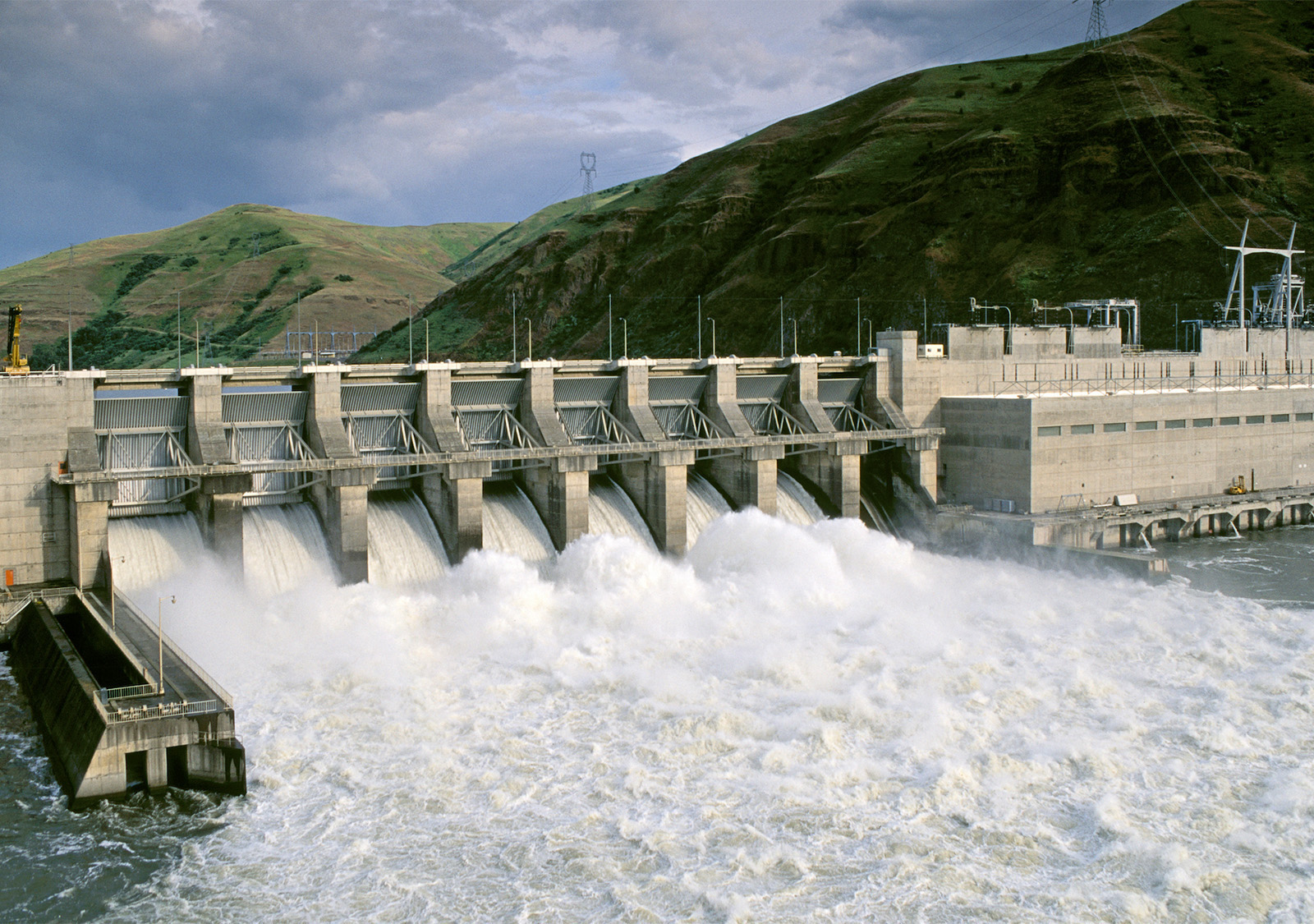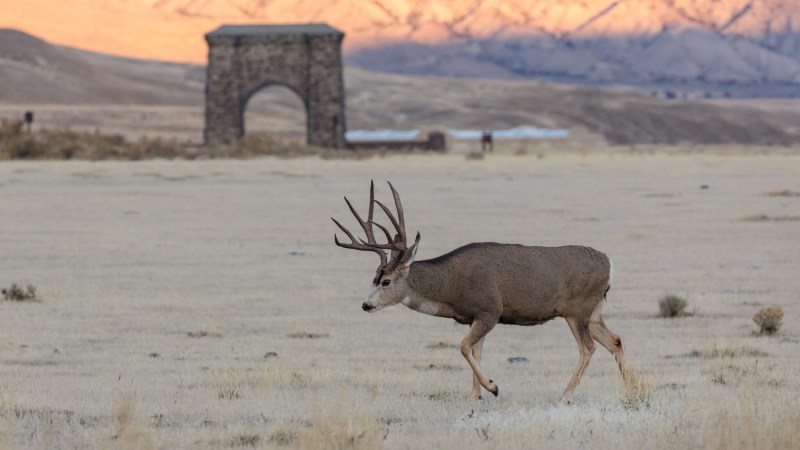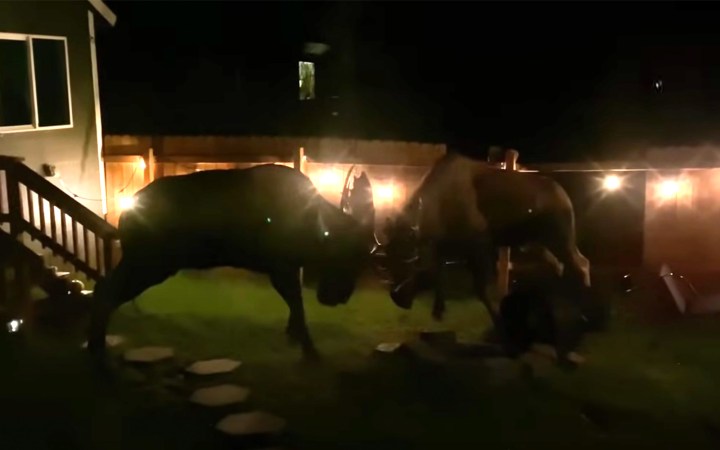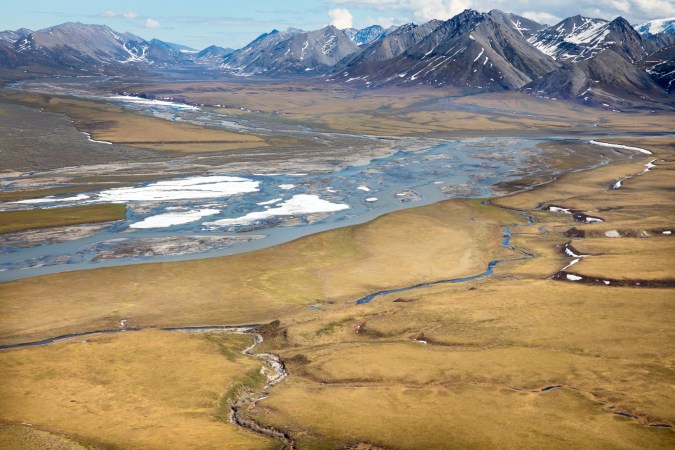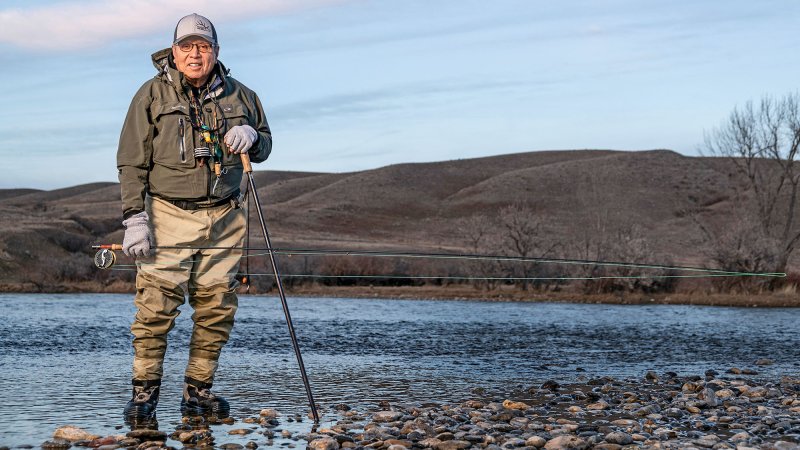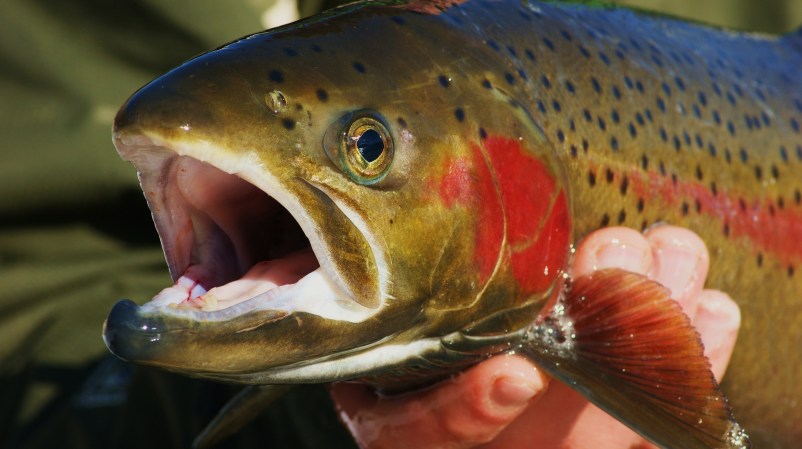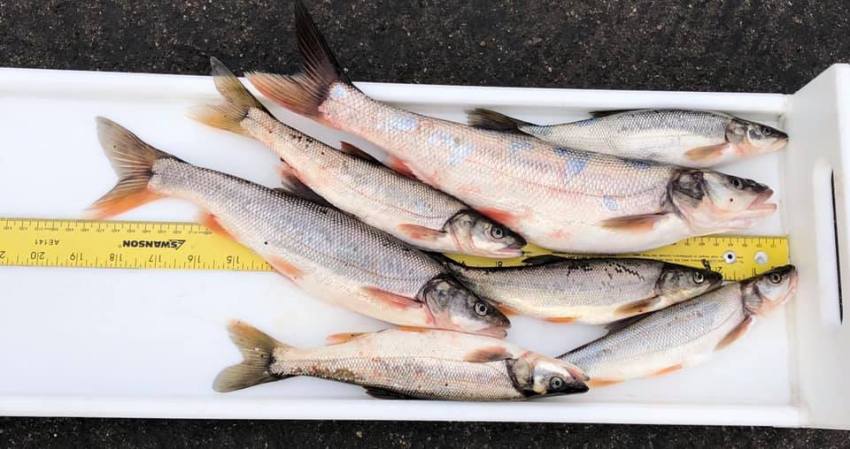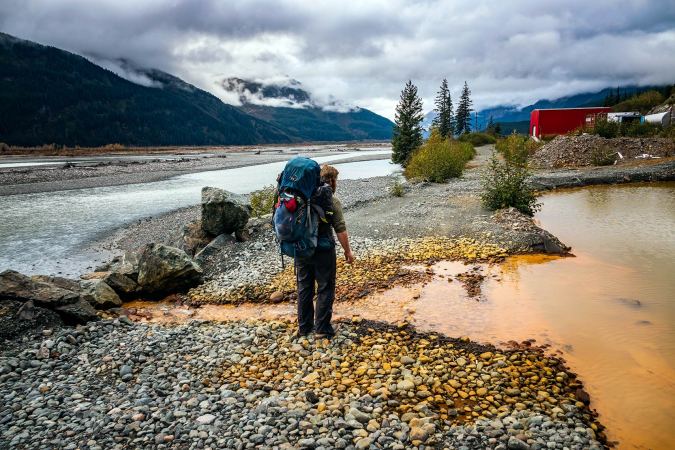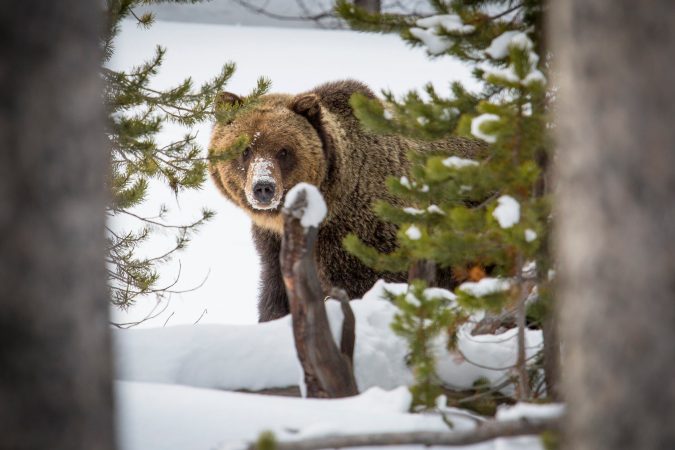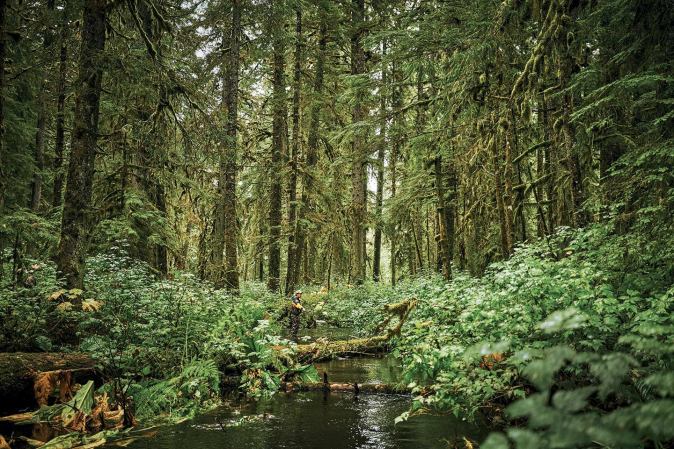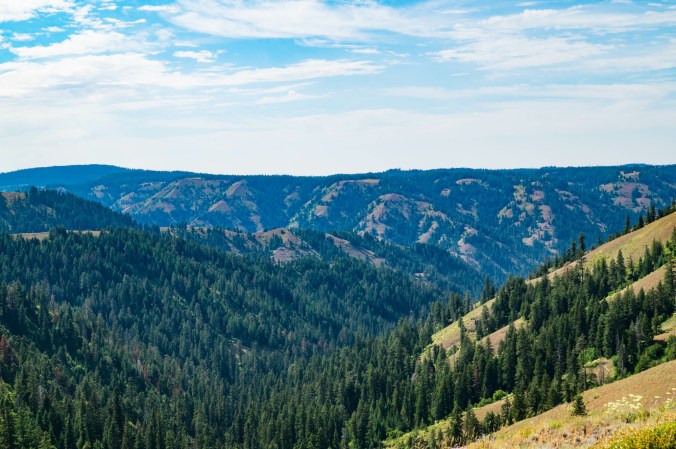Today the Biden administration took steps toward an ultimate goal of breaching the Lower Four Snake River Dams by announcing the U.S. government’s intention to help replace the social and economic benefits currently provided by the dams. In an agreement with the States of Oregon and Washington and four Indian Tribes, the administration announced its support for the Columbia Basin Restoration Initiative, which provides a foundation for recovering salmon, steelhead, and other wild fish populations in the Northwest.
“Today’s announcement from the Biden administration is a historic step towards repairing the harms done in the Snake Basin to salmon, steelhead, Columbia Basin Tribes, and anglers across the Pacific Northwest,” American Rivers’ Snake River director Kyle Smith tells Outdoor Life. “There’s still much work to do, but American Rivers applauds the administration for its leadership.”
Crucially the agreement made public on Dec. 14 is not a decision to breach the Lower Four Snake River Dams (LSRDs), nor does it support legislation to authorize dam breaching. The dams are owned by the U.S. Army Corps of Engineers and removing or redesigning them would require an act of Congress.
The idea of breaching the four dams is deeply controversial, since they provide several benefits to our modern, energy-hungry society, including hydropower, barge transportation, and irrigation. According to many experts and fisheries managers in the Northwest, however, they’re also driving huge declines in wild anadromous fish stocks and hastening their extinction. Some of the fish native to the Snake River Basin are returning at less than two percent of their historical abundance, while other stocks native to the watershed have collapsed altogether. These declines have continued in the 50 years since the dams were built, even though the dams’ operators have spent roughly $17 billion in taxpayer dollars to try and compensate for their interference.
Proponents of dam breaching say the eight dams these fish must pass through on their migration to the ocean and back are four too many. As proof, they point to the lower number of fish that return to the Snake each year when compared to the fish that return to other Columbia River tributaries, which migrate through four or fewer federal dams on the mainstem Columbia. Advocates also view the Snake River’s high-elevation tributary streams as the last stronghold for anadromous fish in a warming Lower 48, and contend that restoring a free-flowing lower Snake River is the best way to ensure that Pacific salmon, steelhead, and other native fish species can access these coldwater streams to spawn.
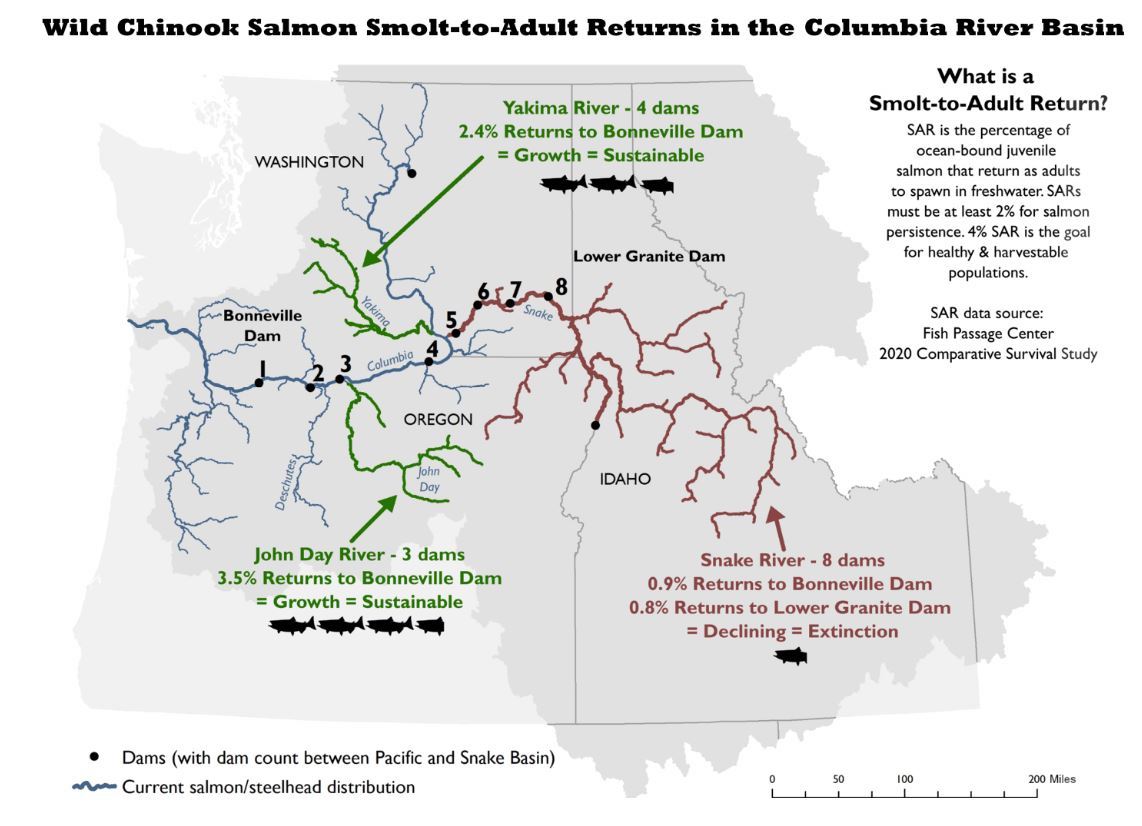
These claims have been the basis of a series of ongoing lawsuits that have been filed against the dams’ operators by a coalition of conservation groups, the states of Oregon and Washington, and several tribes since the 1990s. At their core, these suits argue that operators of the LSRDs have not done enough to save the Snake’s wild salmon and steelhead from extinction. In 2021, the Biden administration issued a temporary stay on this litigation and became a third-party mediator in the discussions. The formal agreement made public on Dec. 14 is the culmination of this mediation work, and it includes a multi-year pause in litigation around the LSRDs.
“The science is clear,” the agreement reads, “and now so too must be our path forward.”
That path forward will include millions of dollars in federal funding to develop a plan for replacing the hydropower generated by the dams with other sources of renewable energy. It establishes a Pacific Northwest Tribal Energy Program, which will help the four Columbia River Treaty Tribes — the Yakama Nation, the Confederated Tribes of the Umatilla Reservation, the Confederated Tribes of the Warm Springs Reservation of Oregon, and the Nez Perce Tribe — develop and deploy these “clean, renewable socially-just energy resources.” It will also provide federal funding and guidance for how the current irrigation and transportation systems could be replaced and/or redesigned should Congress ever decide to authorize dam breaching.
Congressional authorization remains a political long shot because the LSRDs are located in eastern Washington’s deeply red voting districts. While some lawmakers in the Northwest have come out in support of breaching — some have even floated their own proposals for how to replace the benefits provided by the dams — most of the other congressmen and -women representing the region have either stayed silent or opposed the idea.
Some members of Congress have even gone so far as to block the Biden administration’s proposed path forward. On Nov. 29, Washington Rep. Dan Newhouse (R-WA) leaked a confidential document from the administration that included some of the terms of the Dec. 14 agreement. In a press release, Newhouse also included a letter addressed to Biden from him and three other members of Congress. Their letter brings up several questions about dam breaching and represents a scathing rebuke to the announcement.
Read Next: Breach or Die: It’s Time to Free the Lower Snake River and Save Idaho’s Wild Salmon
“We have numerous questions about provisions in the document that require clarification,” reads the letter signed by Newhouse, along with Reps. Cathy McMorris Rogers (R-WA), Cliff Bentz (R-OR), and Russ Fulcher (R-ID). “It is imperative that our constituents, whose livelihoods depend on the Columbia River System, have a comprehensive understanding of this document’s contents so they can anticipate and prepare for the wide-ranging impacts that will inevitably be felt across the region should the commitments detailed in this document be realized.”
Although today’s announcement falls short of calling for dam breaching, it helps define the Biden administration’s stance around a key conservation issue. It could also represent a turning point in the long-standing controversy, as it doubles down on the administration’s past commitments to restore one the most productive salmon fisheries in North America.
“Many billions of dollars and decades have been wasted by past federal administrations trying to undo the near-extinction disaster the Lower Four Snake River Dams have inflicted on this once world-famous fishery,” executive director of the Pacific Coast Federation of Fishermen’s Associations Glen Spain said in a press release. “This plan finally pulls us out of gridlock by focusing on true salmon restoration rather than continuing a blind march toward salmon extinctions.”
Still, 2024 is an election year, and a different administration in the White House could indefinitely delay any progress toward breaching the LSRDs.
This story was updated on Dec. 14, 2023 to include comment from Kyle Smith.

